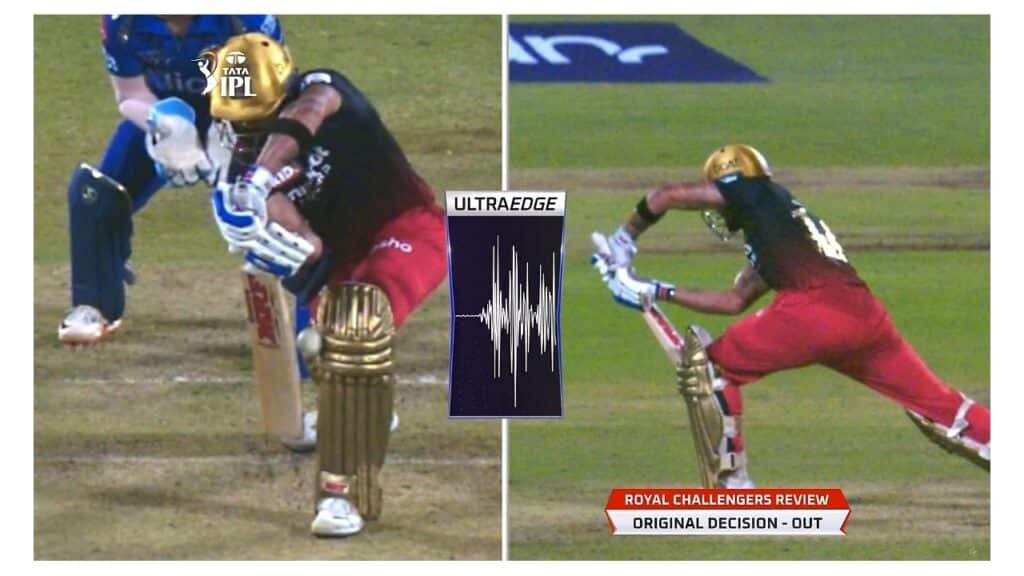

English scientist Allan Plaskett invented the snickometer in the mid-1990s. Channel 4 was the first to implement this in 1999. It is an edge detection audio-based technology which helps in better decision-making for leg before wicket and caught out or caught behind appeals.

The technology uses an oscilloscope and a microphone connected to it which is placed near the stumps. When a decision review system is opted for, the snickometer is shown on the screen in a window which houses a waveform. This window is adjacent to the frame-by-frame slow motion video replay. As the ball passes the batter, the slow motion confirms the visual input whether the ball is close to the bat or not. But it is the snickometer that helps in the final decision. If the ball contacts the bat or any other part of the body, then there will be a spike in the waveform. If thee is no contact, then the waveform will be a flat line. The waveform’s spike is more sharp when the ball contacts the bat and less sharp when it contacts any other part like the glove or pads.
The snickometer is a part of the decision review system and the latest version is called the Real Time Snickometer (RTS). A similar technology that detects knicks is the Hotspot which works on infrared imaging system and uses two cameras placed on opposite sides. However, it requires a clear angle which might be obstructed by the on-field umpire or fielders. This is where the snickometer is more advantageous.





